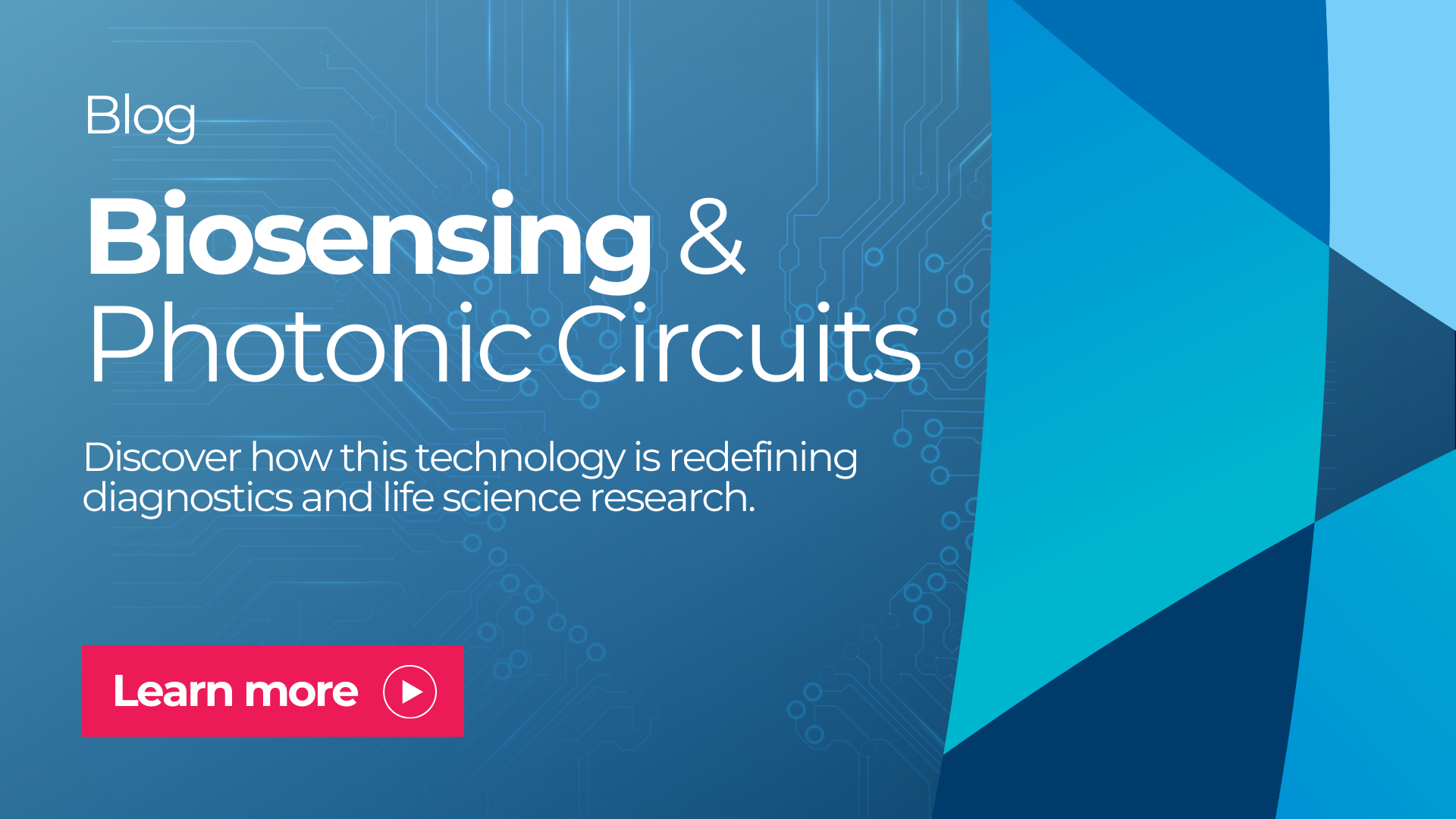Biosensing is crucial in propelling advancements in life science research and drug discovery. At the heart of these advancements lies the integration of photonics in high-plex biosensing—a technological revolution redefining the boundaries of diagnostics and research. Integrated photonics distinguishes itself by its capability to detect multiple interactions within a single sample simultaneously. This article delves into how integrated photonics transforms biosensing, highlighting its pivotal role in efficiently determining binding kinetics for various antibodies.
The Evolution of Integrated Photonics in Biosensing
In recent years, biosensing has significantly transformed, primarily attributed to the integration of photonics. This innovative approach has enabled the development of compact, multi-functional chips capable of hosting an array of biosensors. The essence of this technology lies in harnessing the unique properties of light, thereby facilitating high-plex biosensing capable of concurrently detecting numerous interactions. Such advancements are particularly noteworthy in the context of rapid and precise processes required in life science research and diagnostics.
A hallmark of integrated photonics in biosensing is exemplified by sophisticated instruments capable of analyzing a vast array of interactions within a single sample. These instruments represent a quantum leap in the field, enhancing the efficiency and accuracy of life science research and diagnostic procedures.
An Example: Biosensing for Antibodies
In the sphere of diagnostics, the selection of the most effective antibody is a critical juncture. Traditionally, this process has been slow and resource-heavy. However, the advent of integrated photonics in biosensing has revolutionized this process. This technology significantly accelerates and refines the antibody selection process by offering a more efficient, less resource-intensive approach.
Antibodies are central to the efficacy of diagnostic tests and are tasked with identifying and binding to biomarkers. Understanding the binding kinetics of antibodies—how swiftly and robustly they adhere to their targets—is crucial in determining the effectiveness of diagnostic tests. Integrated photonics enables the simultaneous evaluation of multiple antibodies, streamlining the process of selecting an antibody with optimal binding characteristics.
The implications of high-plex biosensing technology transcend antibody selection. This technology empowers researchers to investigate complex biological interactions thoroughly, unlocking previously inaccessible insights. Its applications span a vast array, from drug discovery to biomarker identification, opening new frontiers in life science research.
Integrated Photonics: Catalyzing Advanced Research & Diagnostics
Integrated photonics is not just an incremental improvement in biosensing; it represents a paradigm shift. Facilitating the analysis of multiple interactions within a single sample significantly enhances the efficiency and speed of both diagnostics and broader research initiatives. This technology stands as a cornerstone in the ongoing evolution of biosensing, continually driving innovation and redefining what is possible in the field of life sciences.
Integrating photonics into biosensing marks a new time in diagnostics and life science research. This advancement is instrumental in advancing high-plex biosensing, offering unprecedented efficiency and precision in various aspects of research and diagnostics. The future of biosensing, closely intertwined with the developments in integrated photonics, promises a continued trajectory of groundbreaking innovations. As we move forward, integrated photonics for biosensing will remain a pivotal force in shaping the landscape of life sciences, heralding a new dawn of discovery and efficiency.

